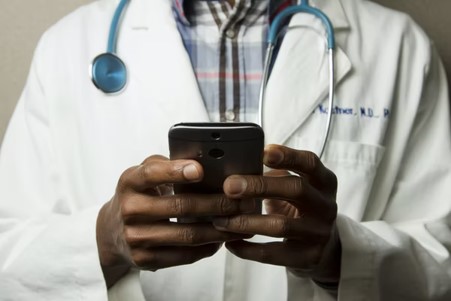
@ShahidNShah


The healthcare sector, often perceived as a bastion of tradition, is undergoing a transformative phase. Driven by technological advancements, demographic shifts, and evolving patient expectations, the urgency for innovation has never been more palpable. For stakeholders, from hospital executives to investors, ensuring a positive return on investment (ROI) for these innovations becomes the fulcrum on which decisions pivot. But what constitutes a successful ROI in healthcare, and how can it be …
Health+ Tech :The role of AI Chatbots In Healthcare Access, Diagnosis And Treatment
AI has for a long time been a part of healthcare but with the development of AI chatbots like …
The Next Generation of Health IT Spending: Becoming a Digital Health System
Becoming a digital health system is a challenging endeavor and not possible for everyone, but …
Inspite of the active support by the European Community (EC), innovation procurement remains a …
Amazon Clinic Expands Nationwide. Will It Get Us To A New Patient-Centric Healthcare Delivery Model?
Amazon's extensive foray into healthcare delivery is exemplified by the nationwide expansion of its …
Healthcare CIO Must Accelerate the EMR To the Public Cloud
Healthcare providers are increasingly embracing the public cloud, with 56% of surveyed organizations …
Innovations in health care monitoring technology
Tele-health visits and virtual patient monitoring are the new reality of the health care delivery …

Healthcare innovations today are focused on reimagining and transforming the system. This means coming up with entirely new models of care, leveraging advanced technologies like AI and robotics, and finding ways to improve quality while reducing costs. Peer reviews help determine if these bold, disruptive ideas are feasible and impactful.
Explore top digital health solutions, healthcare IT products and services, and medical devices.
Home health aides are helpful in providing assistance and personal care to patients who need it due to many reasons like illness, …
Patient Portals are secure online websites designed for the benefit of patients. With the help of these online portals patients …
Interoperability in healthcare refers to the ability of different healthcare systems to integrate, access, exchange, and utilize …
Mergers & acquisitions (M&A) are used by companies to diversify or grow their business through consolidation and financial …
Healthcare data analytics refers to the practice of collecting masses of healthcare data and analyzing them to draw meaningful …
Medigy is a crowd-sourced and peer network-based “Opportunity Intelligence” and “Buyer Intent Intelligence” platform. Buyers get access to rich content about the digital health products they’re looking for. Influencers have a new place to build and engage with a community around their areas of expertise.
Connecting innovation decision makers to authoritative information, institutions, people and insights.
Medigy accurately delivers healthcare and technology information, news and insight from around the world.
Medigy surfaces the world's best crowdsourced health tech offerings with social interactions and peer reviews.
© 2025 Netspective Foundation, Inc. All Rights Reserved.
Built on Jul 1, 2025 at 1:20pm